Optimal Seasons for Foundation Repairs
Foundation repairs are most effective when performed during specific seasonal conditions. Optimal timing depends on weather patterns, soil conditions, and temperature stability. Understanding these factors can help ensure the longevity and success of repair projects.
Spring offers moderate temperatures and soil moisture levels, making it suitable for foundation repairs. However, heavy rains can sometimes delay work.
Summer provides warm and dry conditions, which are ideal for many repair activities. Avoiding peak heat hours can improve work quality.
Fall typically features cooler temperatures and less moisture, creating favorable conditions for foundation work before winter.
Winter is generally less ideal due to freezing temperatures and potential ground movement, which can interfere with repair stability.
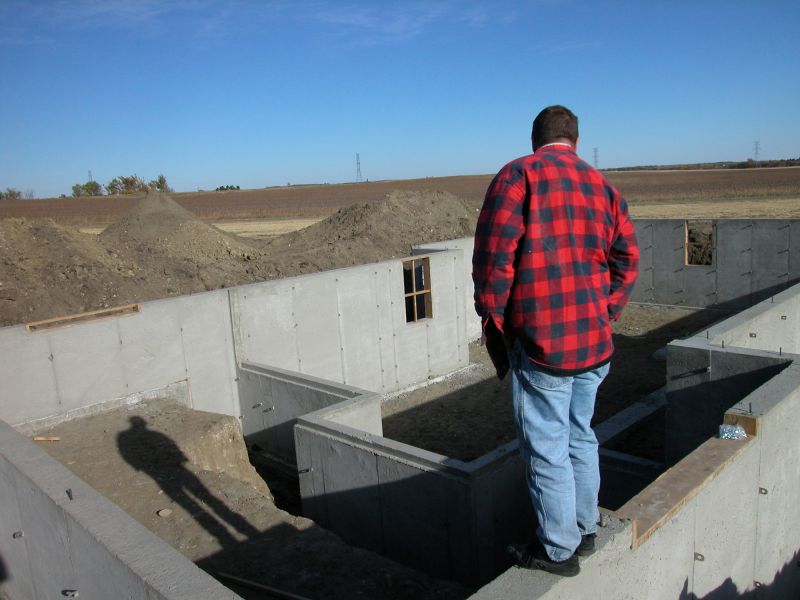
Assessing foundation health after winter can identify issues early.

Performing repairs during dry months ensures better working conditions.
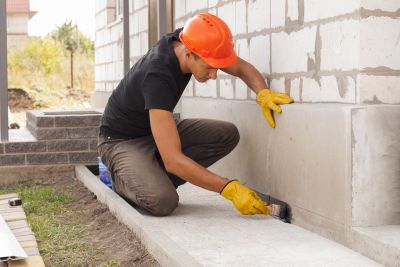
Preparing foundations for winter weather helps prevent future damage.
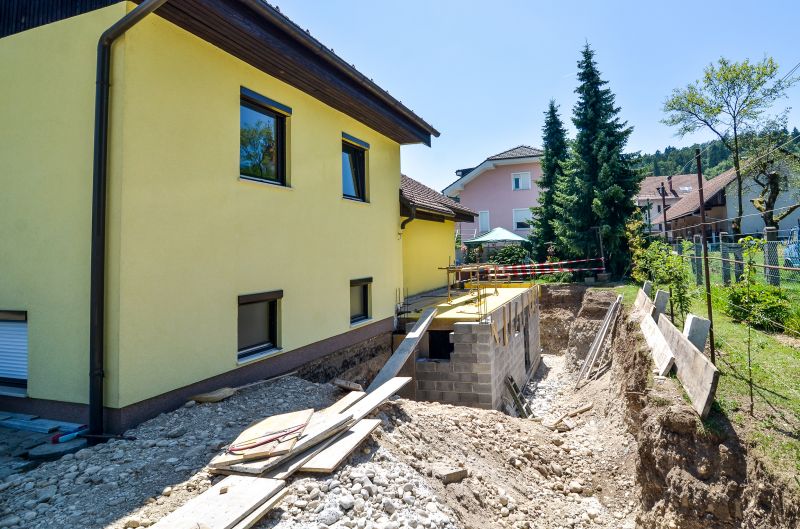
Ways to make Foundation Repairs work in tight or awkward layouts.
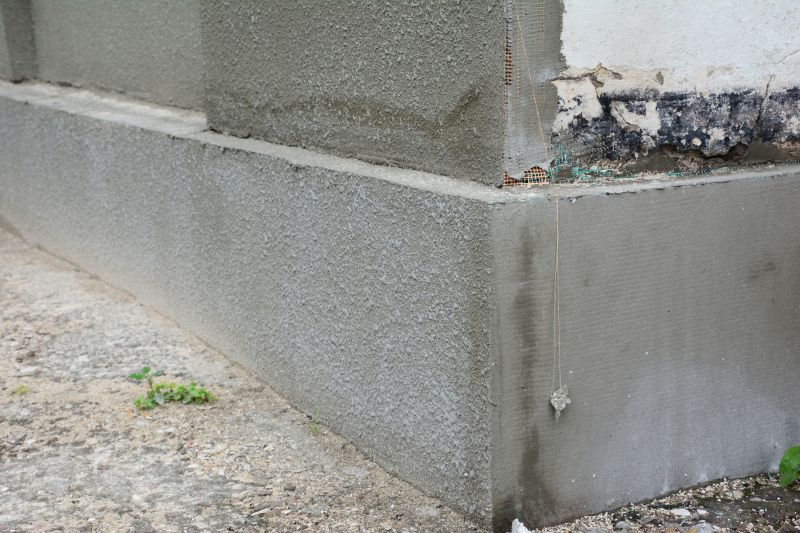
Popular materials for Foundation Repairs and why they hold up over time.
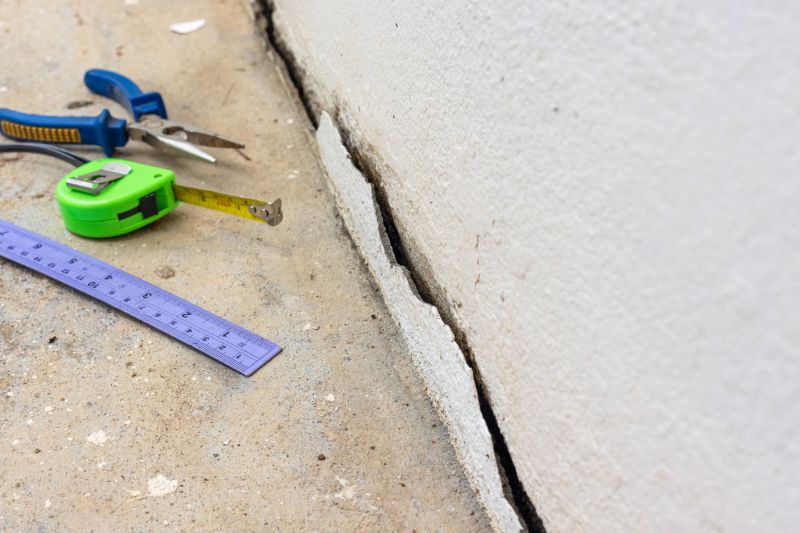
Simple add-ons that improve Foundation Repairs without blowing the budget.

High-end options that actually feel worth it for Foundation Repairs.
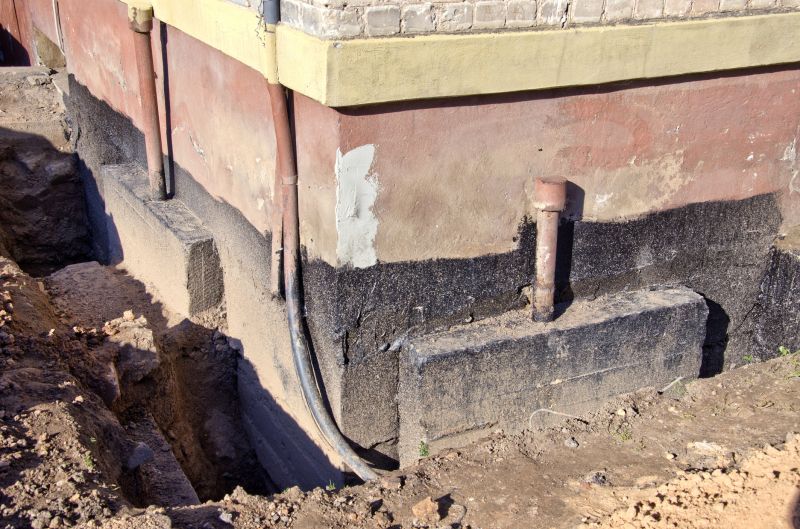
Finishes and colors that play nicely with Foundation Repairs.
Foundation repairs are crucial for maintaining structural integrity and preventing further damage to a property. Addressing issues promptly can save costs and avoid extensive repairs later. Soil conditions, weather patterns, and the type of foundation influence the best timing for repairs. Typically, dry and moderate weather conditions are preferred for most repair activities.
Statistics indicate that foundation problems can affect up to 30% of homes in regions with variable soil conditions. Proper timing of repairs can significantly improve outcomes, with many experts recommending avoiding extreme weather periods. Regular inspections and timely interventions help in maintaining the stability of a property’s foundation.

A detailed process involves assessment, stabilization, and reinforcement.

Methods like underpinning and mudjacking improve foundation support.
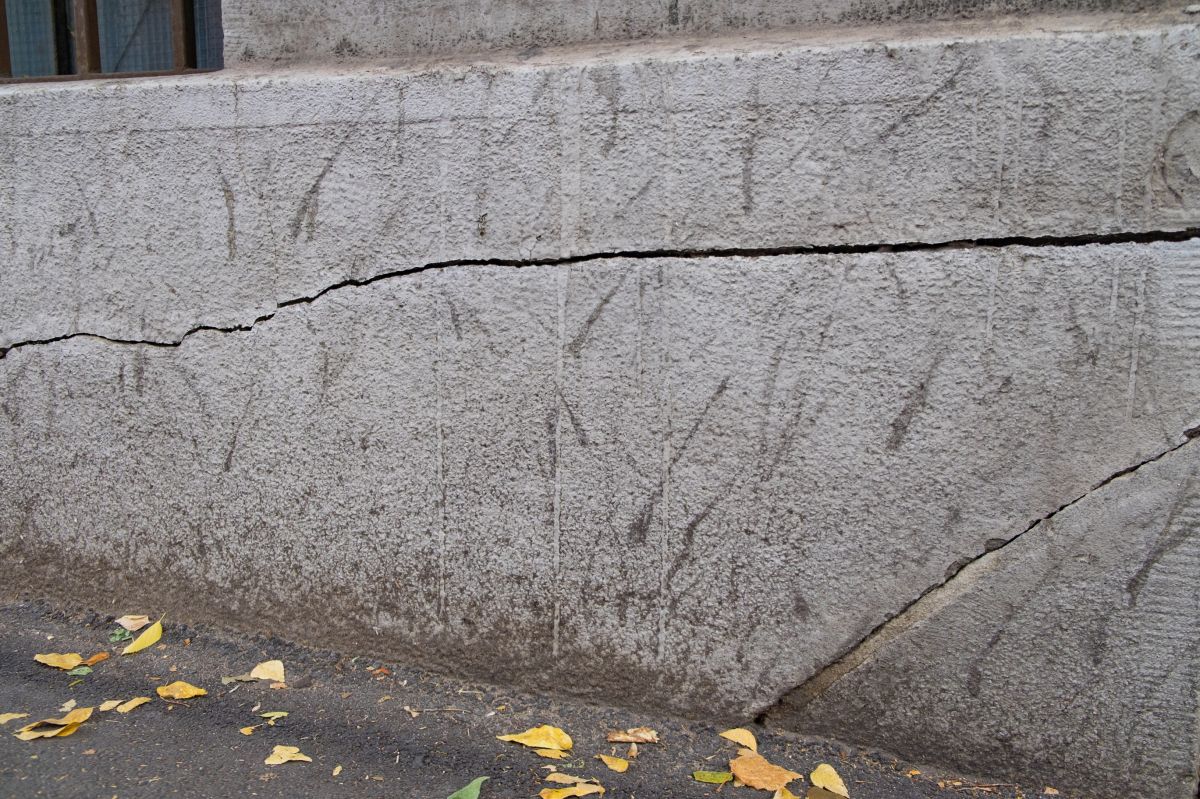
Cracks, uneven floors, and sticking doors often indicate foundation problems.
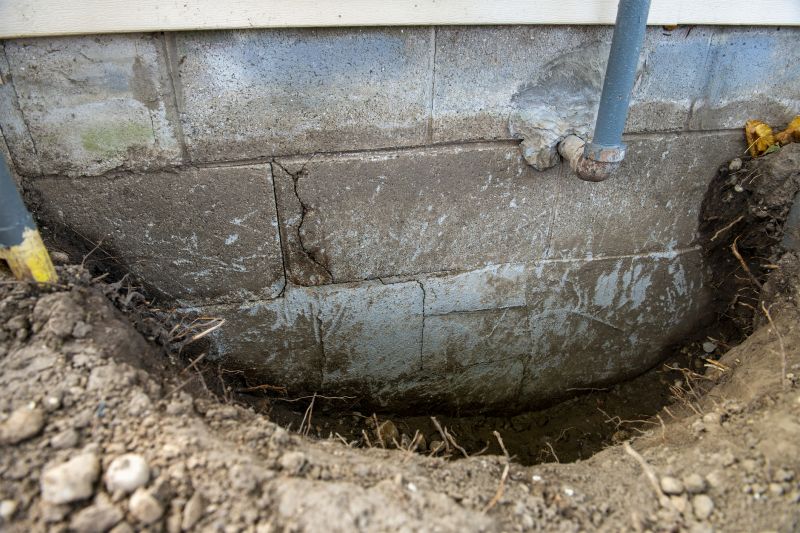
Regular checks ensure repairs remain effective over time.

Little measurements that prevent headaches on Foundation Repairs day.

A 60-second routine that keeps Foundation Repairs looking new.

A frequent mistake in Foundation Repairs and how to dodge it.
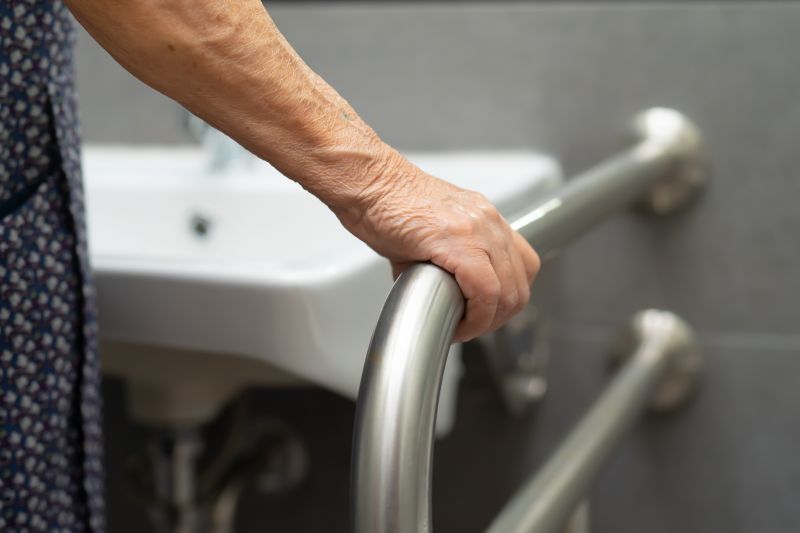
Small tweaks to make Foundation Repairs safer and easier to use.
| Season | Best Conditions for Repairs |
|---|---|
| Spring | Moderate temperatures and soil moisture |
| Summer | Warm, dry weather |
| Fall | Cooler temperatures, less moisture |
| Winter | Freezing temperatures, less suitable |
| Late Spring | Ideal for early repairs |
| Early Fall | Good preparation for winter |
For property owners in Auburn, Alabama, understanding seasonal considerations can optimize foundation repair outcomes. Consulting with local experts can help determine the most suitable timing based on current weather patterns and soil conditions. Proper timing ensures that repairs are durable and effective, reducing the likelihood of future issues.
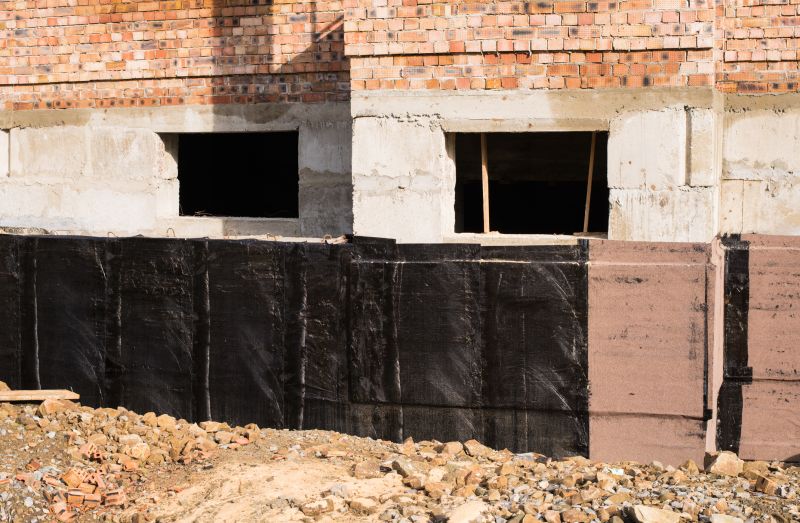
A professional team stabilizes a foundation during favorable weather.
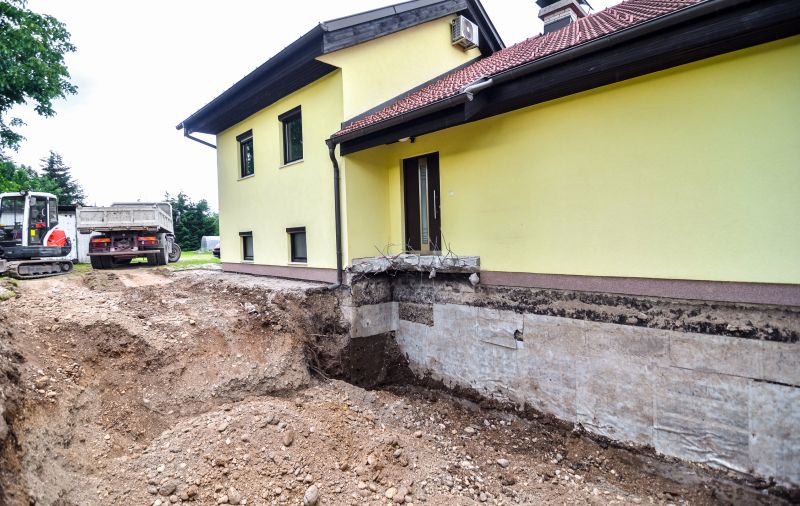
Assessing soil conditions prior to repairs ensures proper solutions.

Final results show a stabilized and secure foundation.

Lower-waste or water-saving choices for Foundation Repairs.
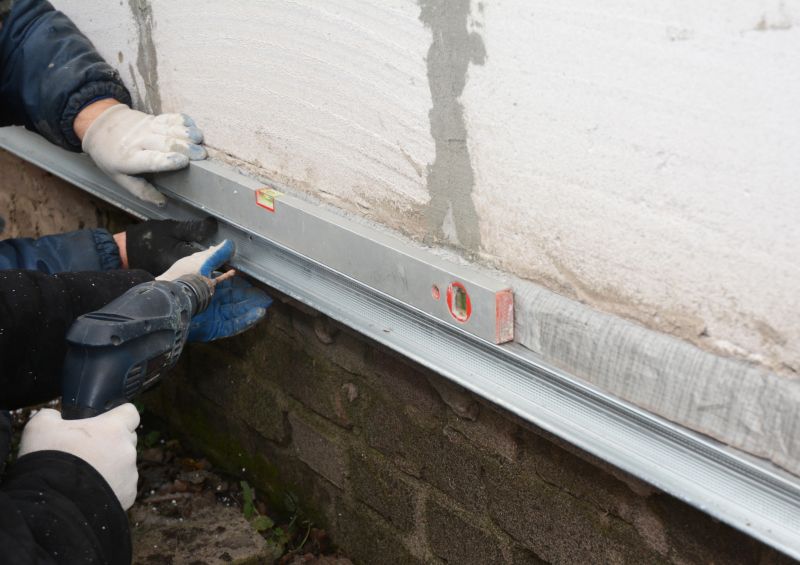
The short, realistic tool list for quality Foundation Repairs.

Rough timing from prep to clean-up for Foundation Repairs.
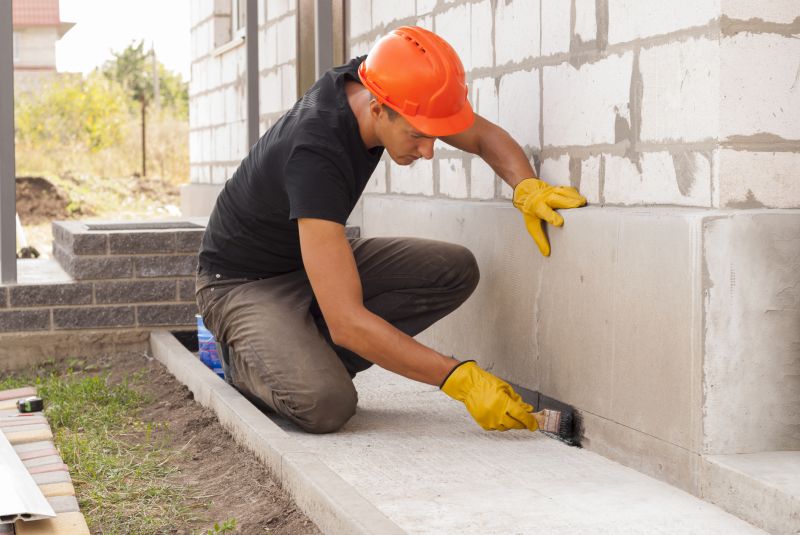
Quick checks and paperwork to keep after Foundation Repairs.
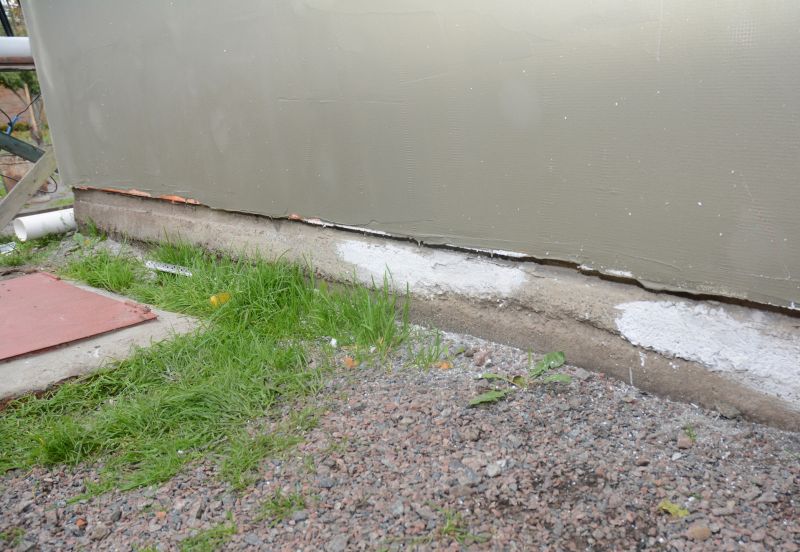
Examples that show the impact a good Foundation Repairs can make.
Interested property owners are encouraged to contact for further guidance on timing and planning foundation repairs. Proper assessment and scheduling can help maintain structural integrity and property value over time.

